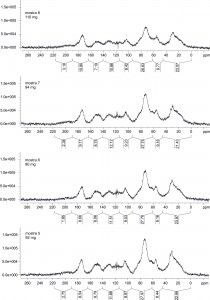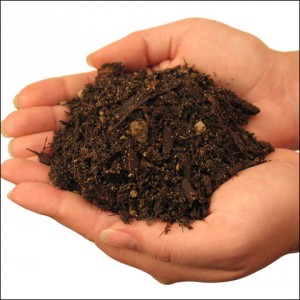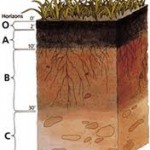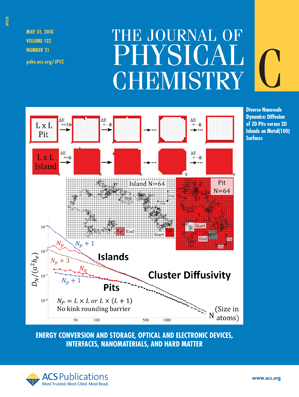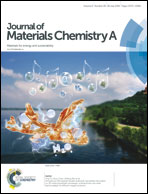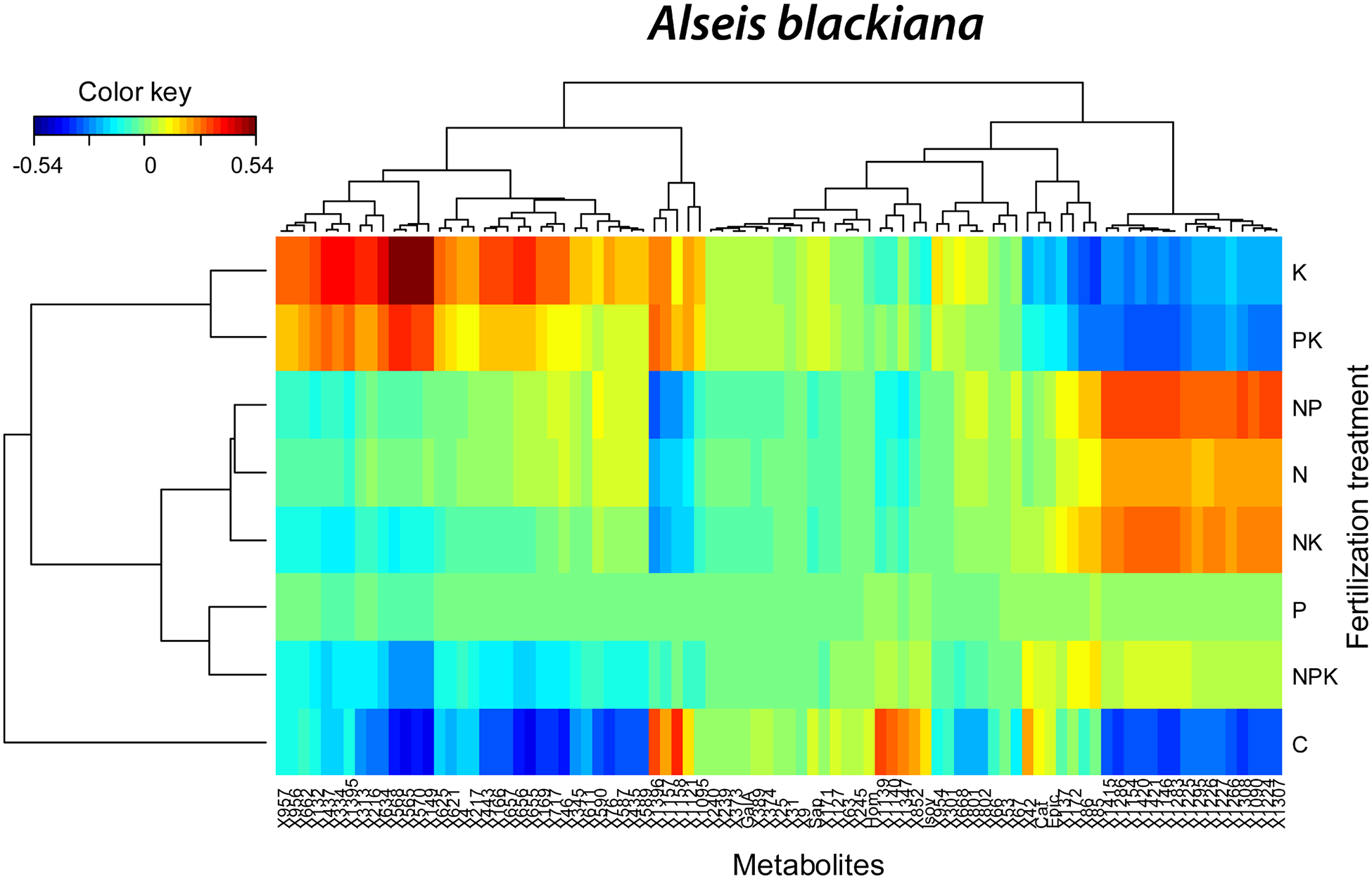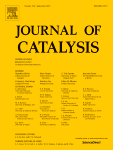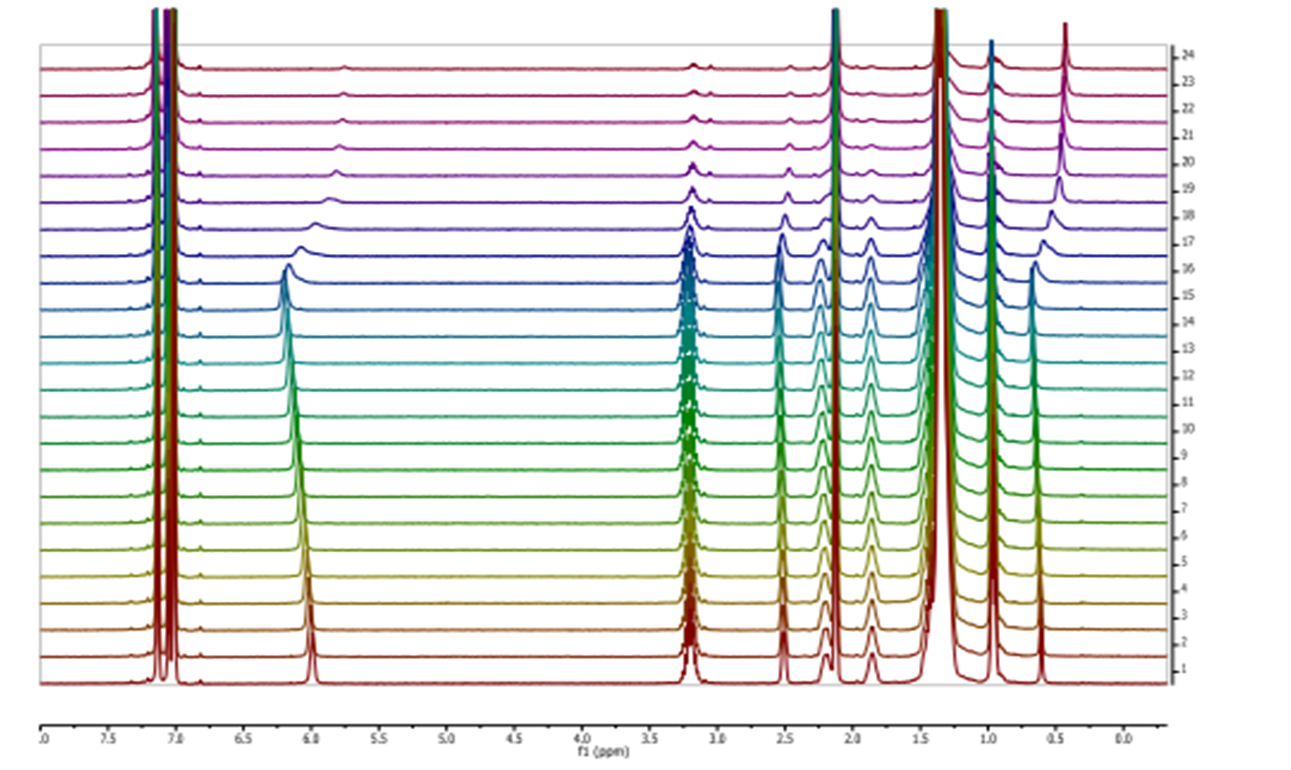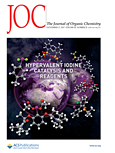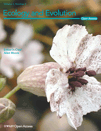 “Changes in soil bacterial community: diversity, composition and function triggered by drought-induced gap succession preceded changes in soil C stocks and quality ” Curiel-Yuste J., Barba J., Fernandez-Gonzalez A.J., Fernandez-Lopez M., Mattana S., Martinez-Vilalta J., Pau Nolis, Lloret F. Ecology and Evolution. Accepted 2012.
“Changes in soil bacterial community: diversity, composition and function triggered by drought-induced gap succession preceded changes in soil C stocks and quality ” Curiel-Yuste J., Barba J., Fernandez-Gonzalez A.J., Fernandez-Lopez M., Mattana S., Martinez-Vilalta J., Pau Nolis, Lloret F. Ecology and Evolution. Accepted 2012.
We investigated soil bacterial taxonomic composition, soil respiration and soil organic matter quantity and quality in a mixed Mediterranean forest where the Scots pine (Pinus sylvestris) population is affected by climatic drought-induced die-off, and replaced by Holm-oak (Quercus ilex) populations as the dominant tree species. We apply a high throughput DNA pyrosequencing technique and 13C solid-state Nuclear Magnetic Resonance (CP-MAS 13C NMR) to soils within areas of influence of different trees, defined as the soil in a radius of 2 meters around a given tree. Soil respiration was measured using static close chamber method (soda lime). Our result indicates that the undergoing successional process was triggering important changes in the ecology, and functioning of soils, but small changes in soil organic matter (SOM) pools and SOM chemical composition. We found significant changes in the taxonomic composition of soil bacterial communities in soils below defoliated and death pine trees. An increase in bacterial diversity and, particularly, increasing abundance of taxa linked to copiotrophic environments (Bacteroidetes and b-Proteobacteria) driven by tree mortality was accompanied by an increase in soil respiration and pH. CP-MAS 13C NMR spectra indicated a slow but progressive process of SOM humification under dead pines, where respiration was higher. Convergence between the most abundant taxa of soil bacterial communities of the area of influence of affected (dead pines) and colonizer trees (holm-oaks) further suggests that gap colonization was occurring below-ground before above-ground colonization. Our results therefore show that soil bacterial ecology was a more sensitive indicator of this climate-change driven succession than soil C pools quantity, quality or even plant above-ground colonization.
